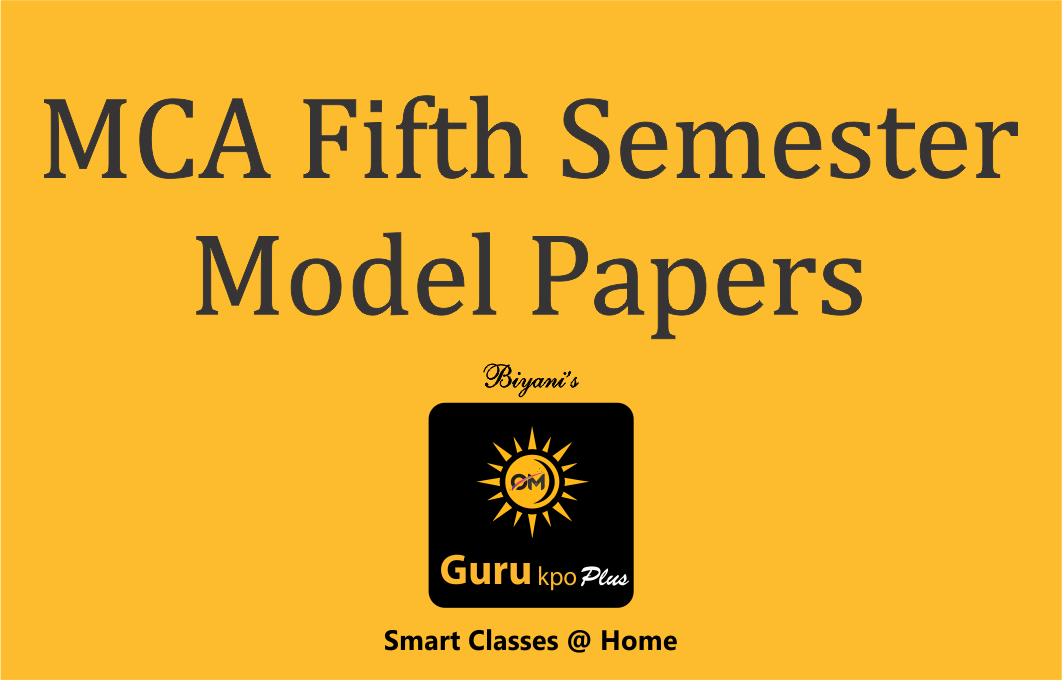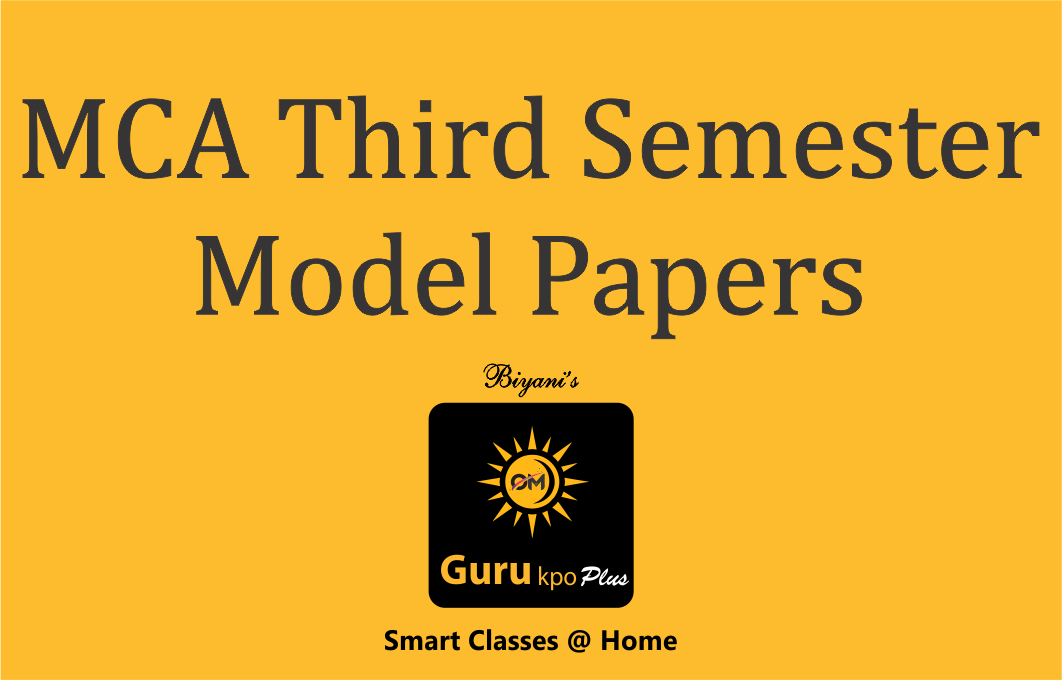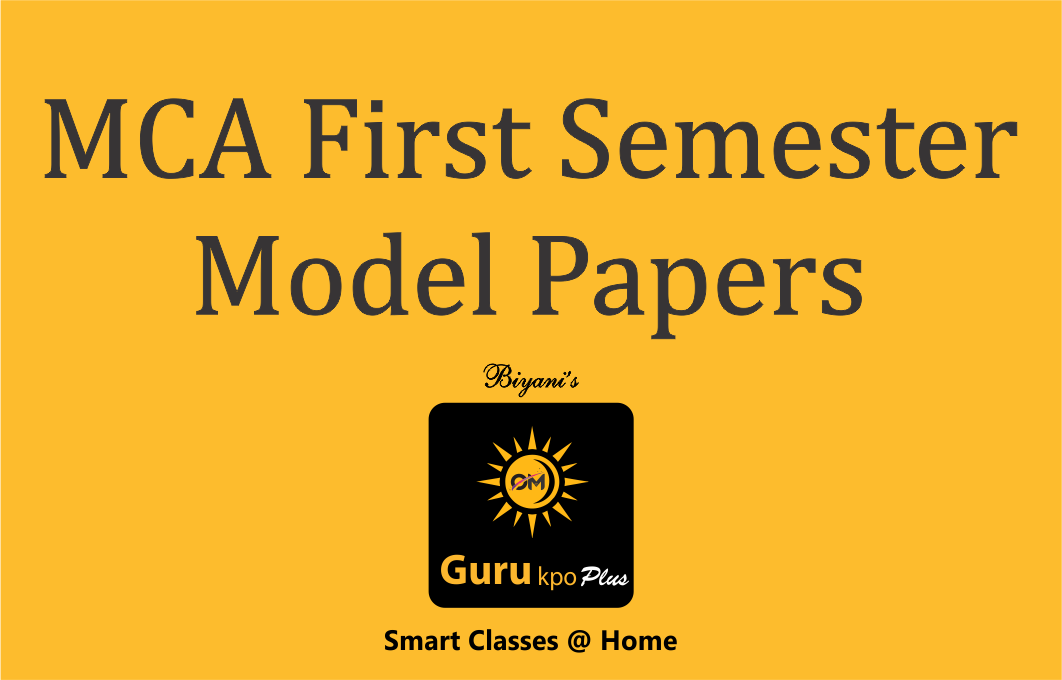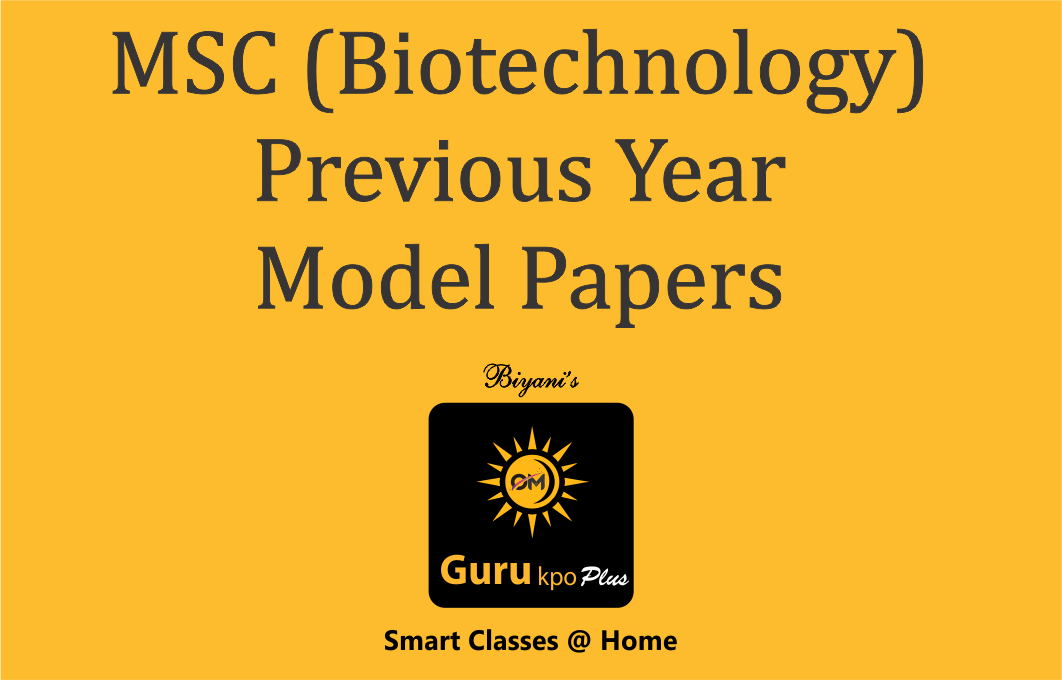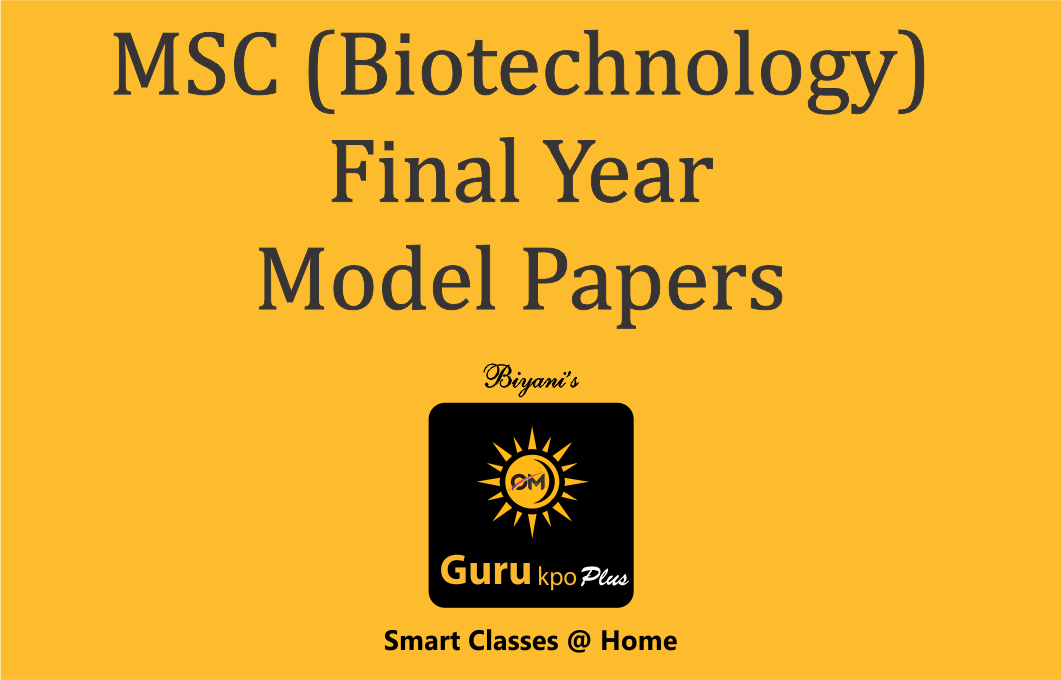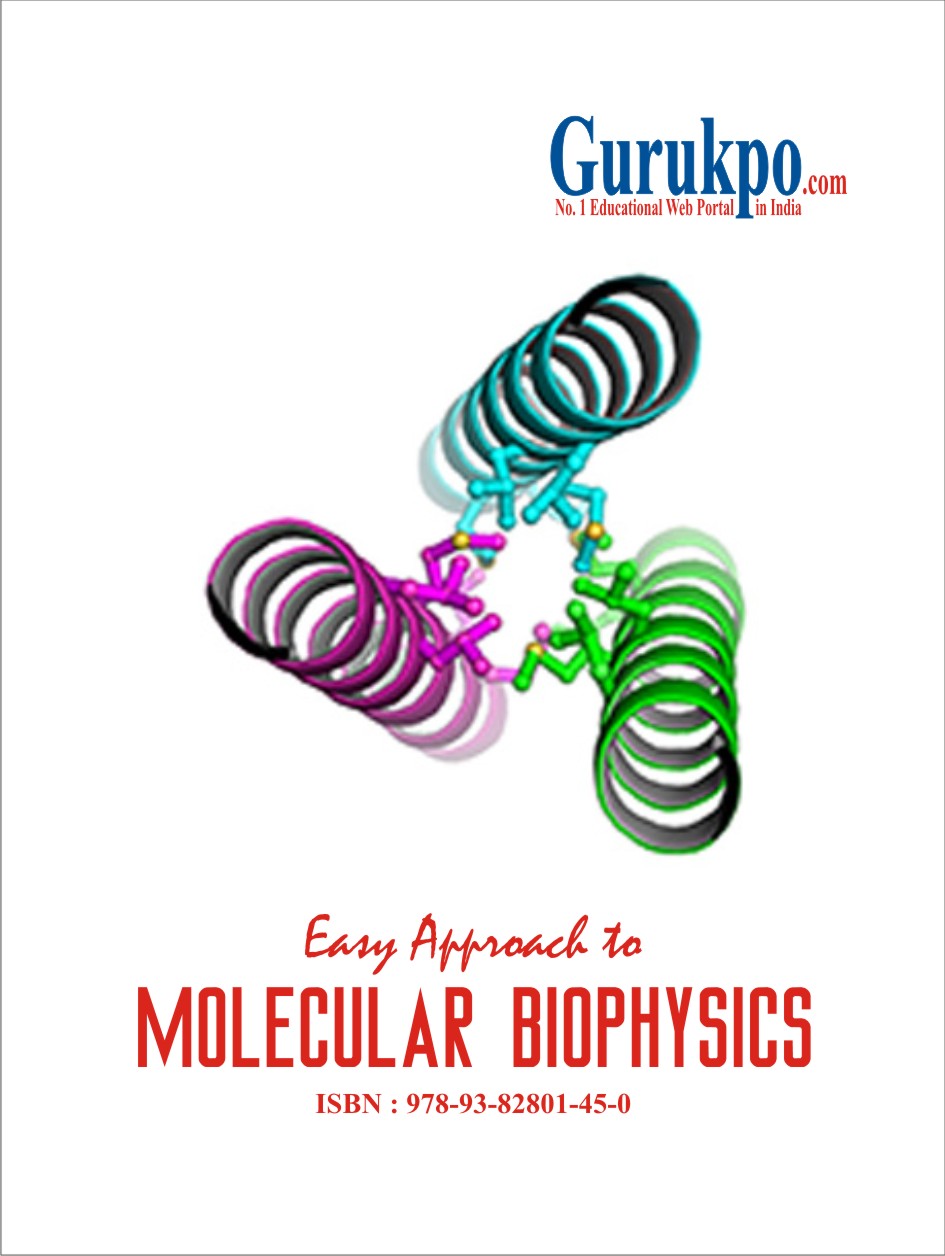
Section A Introduction: Levels of molecular organization. Amino Acids, Electrolytes, Composition of primary structures of proteins, Nucleic acids. Structure of Carbohydrates, Lipids, cofactors, vitamins and hormones. Section B Ramachandran or steric contour diagram and potential energy calculation of proteins, hydrogen bonding, hydrophobic interactions. Ionic interactions, disulphide bonds and their role in protein structure. Secondary structural elements and organization of tertiary structure of proteins, helix-coil transition and zipper model, method for structural elucidation,X-ray crystallography. General features and thermodynamic aspects of protein folding. Section-C General characteristics of nucleic acid structure, backbone rotation angles and steric hindrances, conformational properties of bases, stabilizing order forms, stacking interactions, A,B, and Z type double helices. rRNA structure, tertiary structure higher organization of DNA, protein nucleic acid interactions membrane potential micelle and bilayer formation, studies of bilayer structure and function, order disorder transitions. Section D Interforces transport across membranes (the Nerst Planks approach end rate theory of transport) Photochemical and photobiological phenomena, mechanism of photosynthesis, vision,


